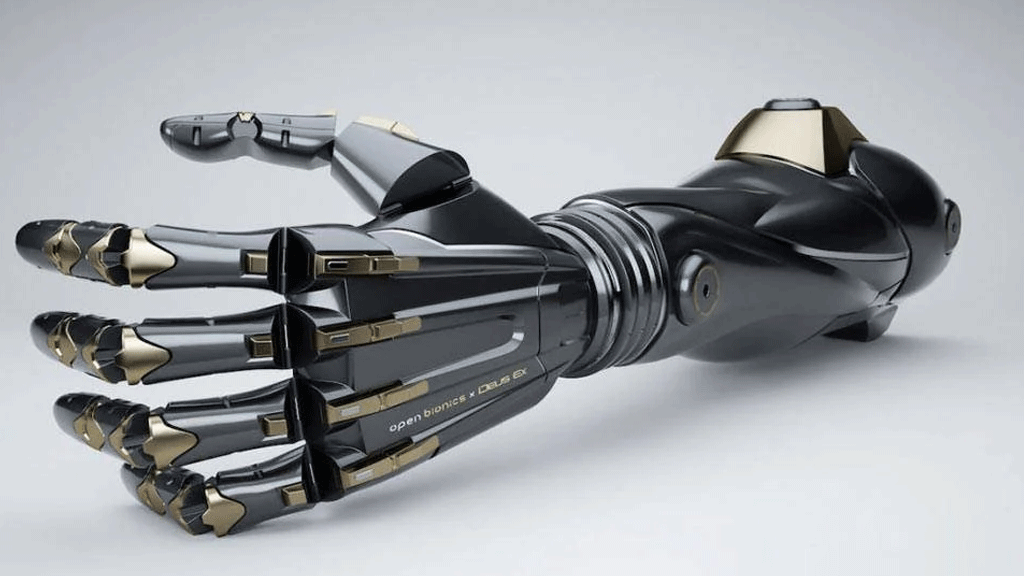Latest Developments in Prosthetics and Orthotics

Change is the essence of life. Change is happening all around the globe in all wakes of life. The field of Prosthetics & Orthotics is no different. The continually changing technology has brought about a tremendous difference in the healthcare field as also In Prosthetics and Orthotics.
Bionic Arm
Bionic limbs and Prosthetic technology connect the mind to the Prosthesis through sensors that detect muscle’s electrical signals and translate those contractions and signals into various movements. Emerging technology further connects the brain to the nerves under the skin. This more intuitive bionic technology requires less training and provides a more natural feel. The process of Osseo Integration is worked upon by scientists to further enhance and optimize output by connecting the Prosthesis directly to the bone, eliminating the need for a socket.
Advancement in partial hand amputations
Partial hand loss comprises about 90% of all upper extremity amputations and the Prosthetic solutions to this level of amputations have been quite limited. But off late a variety of body-powered and electrically powered options have emerged.
The Body powered prosthetics are very durable and generally have a very high-tech appearance. One of the biggest functional benefits is that the force exerted by the prosthesis is directly controlled by a person’s wrist or the remaining portion of their hand, (for example – the use of tenodes’s effect) which makes movement and control feel very natural.
Electrically powered fingers have tiny motors inside each finger to create motion which are myoelectrical controlled by strategically placed surface electrodes.
There is a much more functional alternative to the commonly available cosmetic options.


3D printing and Prosthesis
The technology of 3D printing has opened the door to a whole new world in Prostheses and Orthotics.
It has now become easy to print rapid prototypes and actual components of many prosthetic devices. These printers are comparatively quite economic and many small organizations can easily print these parts anywhere and everywhere.
Custom hand Orthotics can also be printed at the click of a button with the right selection of raw material, good quality and strong Orthotics can be printed at a very affordable price.
Many lower limb Prosthetic covers are also printed and used for cosmesis.
Microprocessor-powered lower limb Orthotics
The microprocessor-controlled leg orthosis like the C-BRACE from Ottobock opens up entirely new possibilities for freedom of movement. The new sensor technology makes the entire gait pattern even more dynamic and responsive by computerized controlling of both the stance phase and swing phase.
These Orthotics give real-time response for ease of walking. Modes can also be changed e.g., from walking mode to cycling mode, through an app installed on the user’s smartphone.

Functional Electrical Stimulation in Orthotics
FES is a technique that uses low-energy electrical pulses to artificially generate body movements in individuals who have been paralyzed due to an injury to the central nervous system. FES can be used to generate muscle contraction in otherwise paralyzed limbs to produce functions such as grasping and walking.
FES is being actively used to help patients with Peroneal Nerve Palsy to eliminate foot drops. Electrodes are placed on quadriceps muscles and Peroneal nerves. At the moment just before the heel-off phase of gait, the stimulator delivers a stimulus to the common personal nerve which results in the contraction of the Tibialis Anterior, exterior digibrum longus, exterior hallucis longus, and peroneus Tertius thereby bringing about dorsiflexion and subsequently uninterrupted swing.
This Orthotics is essentially a small cuff that ties at the calf muscles thus eliminating the requirement of an Ankle Foot Orthotic.

Pattern Recognition System in Myoelectric Prosthesis
The terminal device in a Myoelectric Prosthesis is controlled using Artificial Intelligence. Up to eight surface electrodes are strategically placed on the forearm to measure the incoming signals and derives patterns that are characteristic for individual movements.
Complex mathematical algorithm transforms and amplifies these signals and patterns so that a prosthetic hand can translate them into the corresponding movement. This results in different kinds of grip patterns, which were earlier not possible.
Many of these changes and developments are yet to be implemented widely in India, cost being the biggest barrier for the same. Many upcoming Startups are trying to develop better technologies at affordable prices. Hope to see Indian practitioners ahead in the race soon!!!

